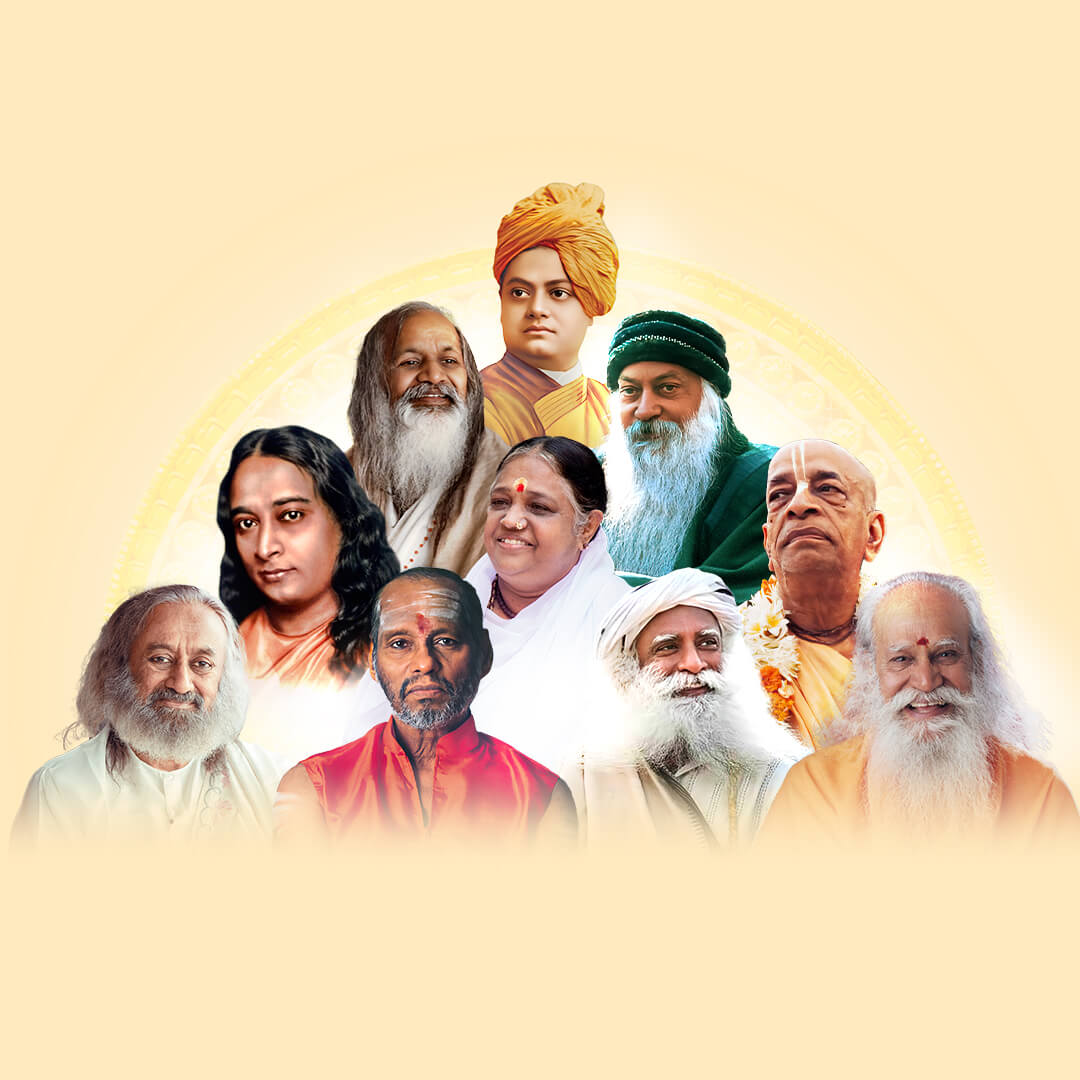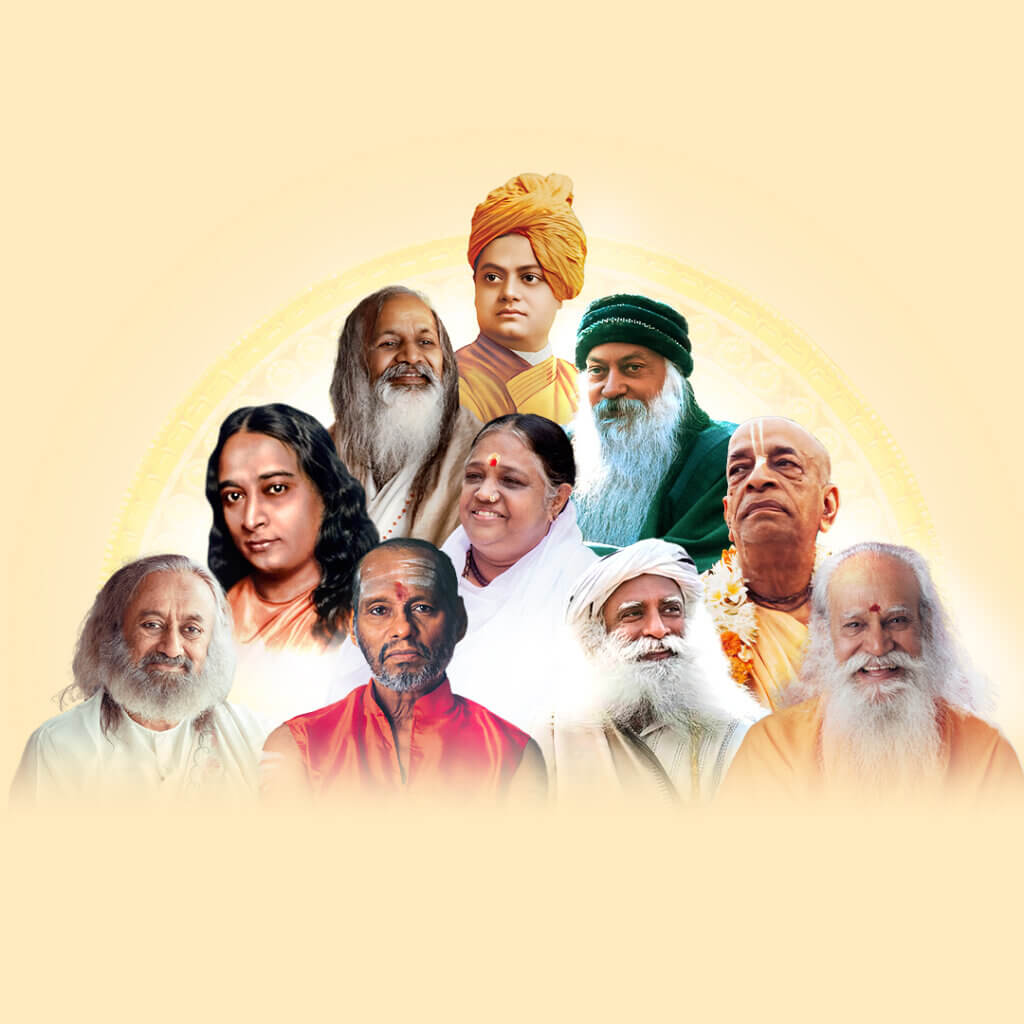
Annual Giving Campaign - 2025-2026 is under way. Donate today by Clicking Here, and help us reach our goal.
So far $5,858 has been raised out of a target of $ 3 Million. Click Here to donate today and help us reach our goal.

$200.00
HAM2101 – This course explores the profound impact of Indian gurus, swamis, and yogacharyas on American spirituality, starting with Swami Vivekananda in 1893 and continuing with figures like Paramahansa Yogananda, Maharishi Mahesh Yogi, and modern influencers such as Mata Amritanandamayi and Sadhguru. We will analyze their diverse teachings, strategies, and the different spiritual traditions they represented, including Vedanta, Kashmir Shaivism, Gaudiya Vaishnavism, and hatha yoga. We will examine the backgrounds, personalities, and methods of these gurus, their challenges in adapting dharma to Western culture, and the controversies and legacies they left behind. Utilizing audio and video recordings, this course offers a comprehensive look at how these spiritual leaders transformed America's cultural and spiritual landscape.

This course is part of the following programs:
None

In this course Indian Gurus in America, students will be able to:

This course explores the profound influence of Indian gurus, swamis, and yogacharyas on American spirituality, beginning with Swami Vivekananda in 1893. We will trace the acceleration of this influence through Paramahansa Yogananda between the world wars, and the explosion in the 1960s and 70s with figures like Maharishi Mahesh Yogi, Srila Prabhupada, Rajneesh/Osho, and Swamis Muktananda, Satchidananda, and Vishnudevananda. This procession continues with modern gurus such as Mata Amritanandamayi, Sri Sri Ravi Shankar, and Sadhguru, with many Americans making pilgrimages to India.
We will delve into the diversity of these gurus, representing different sampradayas, employing various strategies, and highlighting different aspects of Hindu Dharma. The course will cover philosophical orientations, sadhana, jnana, bhakti, and other yogic pathways. Gurus elucidated traditions like Vedanta, Kashmir Shaivism, Gaudya Vaisnavism, India’s poet-saints, and hatha yoga, meeting the West’s insatiable demand for India’s spiritual treasures and transforming America’s cultural and spiritual landscape.
Students will explore the backgrounds, personalities, teaching styles, and organizational methods of the most famous and influential gurus, as well as some lesser-known figures. We will examine their impact, the kinds of followers they attracted, and their perceptions. Audio and video recordings (except for Swami Vivekananda) will aid in this exploration.
The course will also address the challenges these gurus faced in transmitting India’s spiritual gifts to a population with vastly different beliefs, values, and histories. Early gurus faced suspicion, bigotry, and hostility, yet many Americans welcomed them with respect and eagerness, allowing the dharma to take root in American soil.
We will discuss the controversies that arose, from outright rejection and opposition to extreme veneration and deification, leading to upheavals and scandals. The course will reflect on the lessons learned from these experiences.
Finally, we will consider broader issues: the replicability of the traditional guru-shishya dynamic in the modern West, appropriate models for teacher-student relationships, the need for oversight and accountability, and how to adapt the rishis’ immortal insights to modern life without distortion. We will examine the line between skillful adaptation and cultural appropriation.
The class will meet once a week for up to 90 minutes. The teacher’s presentation, with the help of audio and video recordings, will last approximately 60 minutes. The remaining time will be devoted to questions and open discussion. There will be 10 such sessions followed by an additional session devoted to the presentation and discussion of student’s reflections regarding what they learned from the course and how they expect it will influence their lives.
$200.00

Sign-up for HUA communications
Main Campus:
Administrative Office:
Sign-up for our free webinars
"*" indicates required fields
On the program page, there are multiple payment plan options to choose from.


